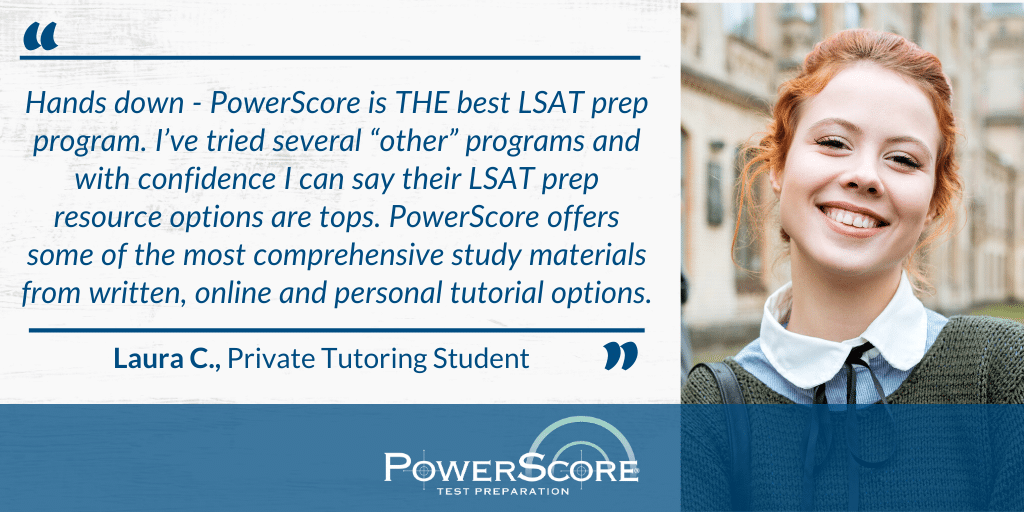One question that we often receive concerns how LSAT tutoring works. It’s a hard one to answer simply since it varies from person to person! Everyone has different strengths and weaknesses. What we can do is give you a sense of how the process typically works. Let’s consider a hypothetical student. This student is a great reader, so Reading Comprehension and Logical Reasoning are their strengths. Their weaknesses lie in Logic Games. After studying on their own for a while, they decide they need additional help via tutoring to break through the score plateau. So, how would we help this student?
Find the Problem
While this student knows they struggle with LG, we don’t know what is causing those problems. In the first meeting, we want to see them work through a few games to see how fast they work, how they diagram, what inferences they make, etc. Watching doesn’t always mean a tutor is being a silent observer! Instead, we want to know what the student is thinking. We’ll ask questions about the steps they’re taking and what they’re thinking throughout the process. This gives us a better idea of where they’re having difficulty and what needs to improve. In some cases, it’s very clear what needs fixing! In other cases, it takes longer to diagnose.
Outline a Study Plan
Once we have a better sense of where the student needs to improve, we begin to outline the steps they need to take to improve over time. This may mean a small amount of work or creating a study plan that covers a period of months. Each person is different! The plan changes according to your needs. The advantage here is that the tutor creates a study plan specifically for you. They tailor it to eliminate weaknesses while also improving on strengths. Because you’ll likely have several more tutoring sessions during your preparation, we can re-configure the plan if you improve more quickly (or slowly).
Improve the Plan
Let’s say our hypothetical student is improving steadily. After being weak on all LG types, they are now solid with Linear Games including Basic, Advanced, and Sequencing. But, overall, they’re still struggling with Grouping games. They understand the concept, but after 6 weeks of practice, timing is still giving them trouble. At this point, the tutor is likely going to let them work on the other game types on her own and focus exclusively on solving Grouping games. This includes looking at the various types of Grouping games to make sure it’s not a specific segment causing the issues. Sometimes that’s the problem! A student might be fine with Defined Grouping games, but terrible at Undefined Grouping games.
After making that determination, the tutor works to refine the student’s game process. We want to make sure that when they encounter a Grouping game, they take the correct steps in the right order to solve that game type. The tutor might go through several real examples and walk through each of them step-by-step. Slowly, they’ll speed up until they can complete the games in the allowed time. It’s important to discuss the game and compare it to other games to try to distill the lessons they learn from each game in 2-3 easy-to-remember points.
A Tutor is an LSAT Guide
Essentially, a tutor serves as a reliable guide to the LSAT. They are there to assist when you need it, able to confirm you’re on the right path, and sometimes swooping in and showing you that you were about to walk off a cliff. Does everyone need private tutoring? No, definitely not, but a tutor can typically solve the problems you are having much faster than you can solve them on your own. That time savings (and peace of mind) can be incredibly valuable.



Leave a Reply